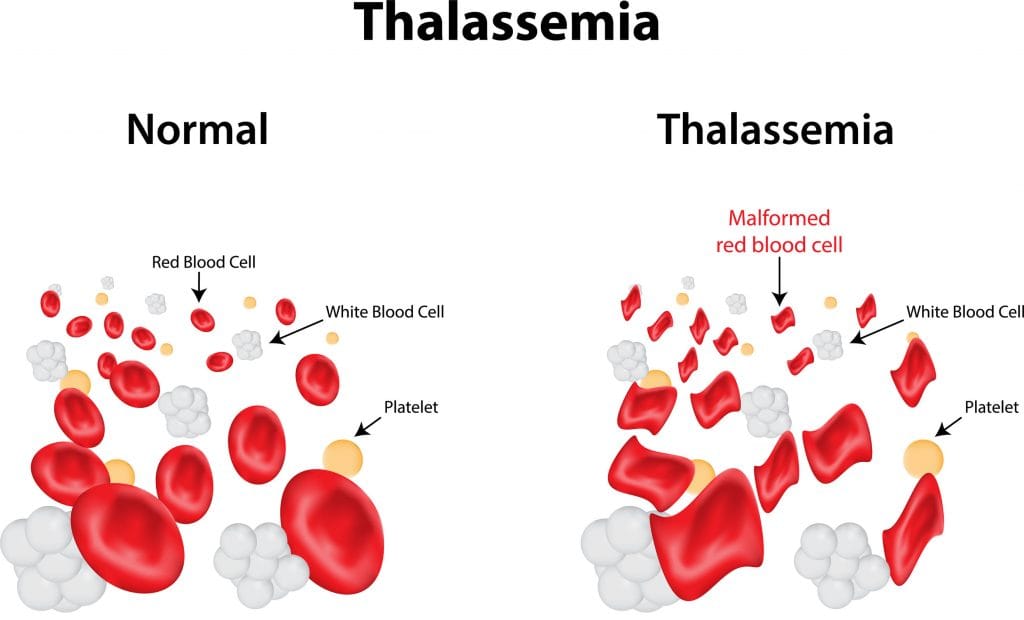India is considered to be the world capital for thalassemia.
Thalassemia is a genetically inherited disease caused by four defective genes responsible for the formation of the globin molecule. This molecule is a part of haemoglobin, the aspect of the blood that is responsible for the transport of oxygen. Due to the mechanism by which thalassemia affects an individual, the symptoms are often compared to anaemia, though are far more severe where four genes are affected.

Prevalence of thalassemia
India is home to more than forty million people who test positive for thalassemia. Over 100,000 of these individuals will die before the age of twenty. Many of these deaths occur due to the more severe forms of the disease, which can result in death shortly after birth.
Many, however, die due to a lack of treatment. Some of which may never have been diagnosed with the disease at all, only being diagnosed after the related symptoms have already claimed their lives.
Due to the considerable number of people with at least one affected gene, the genetic pool of individuals capable of passing the disease down to the next generation is overwhelmingly high. This is why India, by virtue of its enormous population size, is considered the world leader in the disease.
Without proper diagnosis and genetic testing, an individual may be unaware of their thalassemia status. Should this individual have a child with another person with thalassemia genes their children could have any combination of their parents genes, potentially numbering from one to four genes with symptoms worsening as more thalassemia related genes are present.
Symptoms
A person with only a single defective gene may show no symptoms at all. As such, they are effectively a carrier of the condition. Due to the absence of any symptoms within the individual they are unlikely to be tested for the genes responsible for thalassemia. This then runs the risk of passing on the gene to their children without any awareness.
With two affected genes a person may feel lethargic, have a reduced appetite and display a jaundiced appearance. As this is a condition present from birth, delayed growth and puberty is a common feature; osteoporosis is also a notable side effect. These effects are more pronounced in a person with three copies of the gene.
Four defective genes — referred to as thalassemia major — usually results in the child being stillborn or dying shortly after birth, as their blood will not have the capacity to transport oxygen.
Prevention and treatment
As a genetically inherited condition it is difficult to put in place any adequate prevention measures. Reducing the number of children born with the condition is hindered by the lack of diagnosis of those already living with the condition. As such, prevention can only really be attained on an individual basis through genetic testing of both parents, after which the risk of a child being born with an affected gene can be assessed.
For those with a single affected gene, symptoms may be absent or mild, requiring no treatment at all. In some cases folic acid supplements are recommended. In more severe cases blood transfusions are used in order to replace defective haemoglobin. Iron chelation therapy is often needed as an accompanying therapy in order to prevent a build up of iron in the blood to toxic levels.

